Mass-spring-damper System
Mass-spring-damper system. Write all the modeling equations for translational and rotational motion and. In this note MEscope is used to explore the properties of the mass-spring-damper system shown in the figure below. Next the nonlinear vibrations of a coupled 0core90 sandwich cylindrical shell and spring-mass-damper system is examined.
All systems possessing mass and elasticity are capable of free vibration or vibration that takes place in the absence of external excitation. The spring has stiffness k the damper has coefficient c the block has mass m and the position of the mass is measured by the variable x. Assume the springs are at rest no stretch or compression when dı d2 0.
I Derive the equations of motion. Where m 025 slug c 2 lb-secft k 25 lbft and f t lb is the externally applied force shown in Figure P839The forcing function can be expanded in a Fourier series as follows. If the elastic limit of the spring is not exceeded and the mass hangs in equilibrium the spring will extend by an amount e such that by Hookes Law the tension in the.
PID Position Control of a Spring-Mass-Damper. Spring elastic element Damper frictional element Mass inertia element Translational and rotational versions These are passive non-energy producing devices Driving Inputs force. Of primary interest for such a system is its natural frequency of vibration.
Transfer function and state space model are developed for system shown below. Output z t. A mass-spring-damper MSD system is a discretized model of any dynamic system.
L 2 m R 05 m middle radius H 0015The face sheets and the core layer are of the same thickness. Its equation of motion will be solved for its mode of vibration. Mass-spring systems are second order linear differential equations that have variety of applications in science and engineering.
The transfer function of the SMD with the actuating force F a. Then an FRF will be synthesized using its mode shape and its stiffness and mass lines will be examined.
The geometrical dimensions of the shell are.
All systems possessing mass and elasticity are capable of free vibration or vibration that takes place in the absence of external excitation. Springs and dampers are connected to wheel using a flexible cable without skip on wheel. Spring elastic element Damper frictional element Mass inertia element Translational and rotational versions These are passive non-energy producing devices Driving Inputs force. From the results obtained it is clear that one of the systems was mass-damper-spring while the other was mass-nondamper-spring. Of primary interest for such a system is its natural frequency of vibration. The geometrical dimensions of the shell are. Write all the modeling equations for translational and rotational motion and. Difi d212 mi m2 1 C2 dį and d2 are the displacement of the carts and fi and f2 are the external forces applied to them. This example shows two models of a mass-spring-damper one using Simulink inputoutput blocks and one using Simscape physical networks.
In addition an external force P t is applied to the block and the displacement of the block is measured from the inertially. Mass-spring systems are second order linear differential equations that have variety of applications in science and engineering. Mass-Spring-Damper Systems The Theory The Unforced Mass-Spring System The diagram shows a mass M suspended from a spring of natural length l and modulus of elasticity λ. Of primary interest for such a system is its natural frequency of vibration. Demonstrates how to use the Mass Spring Damper System Simulation. Then the FRF will be curve fit to extract its modal parameters. Ii Put the equations of motion into standard state.
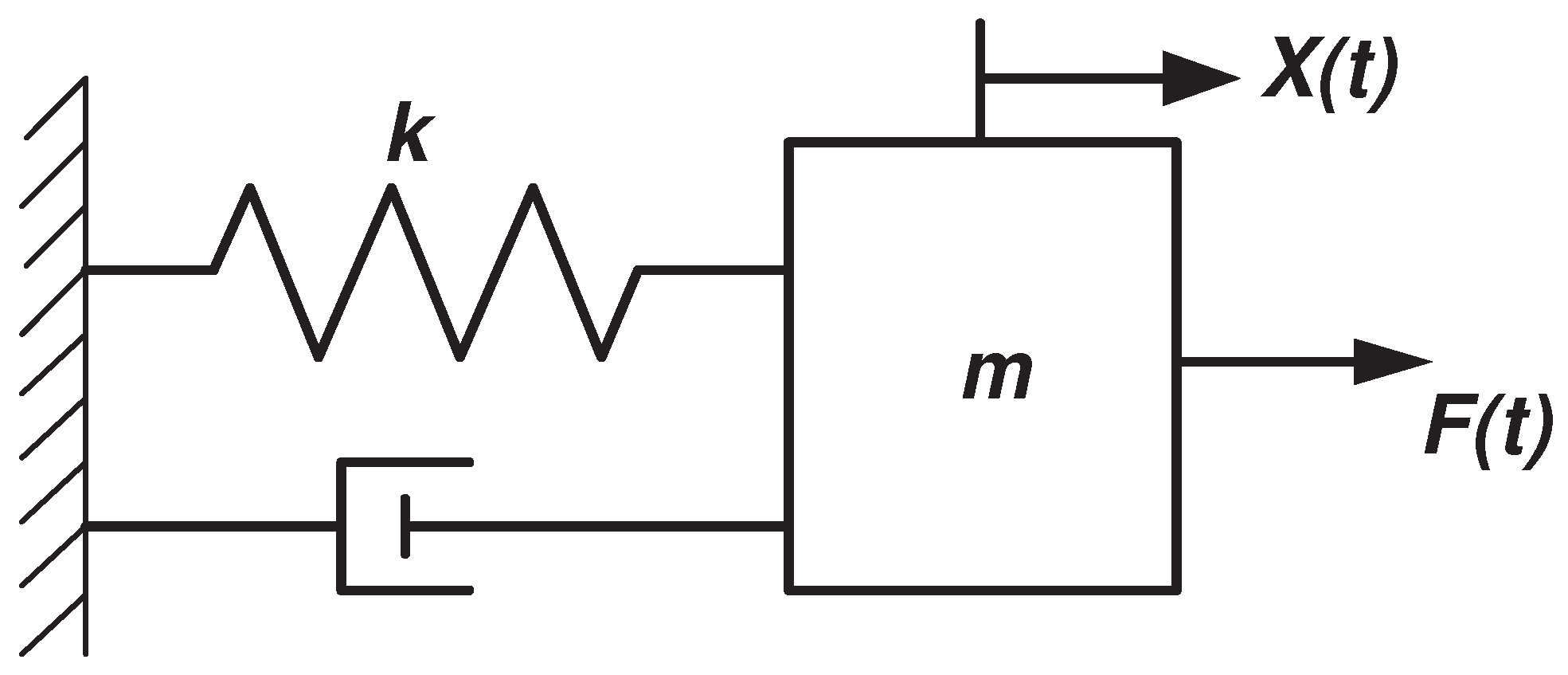



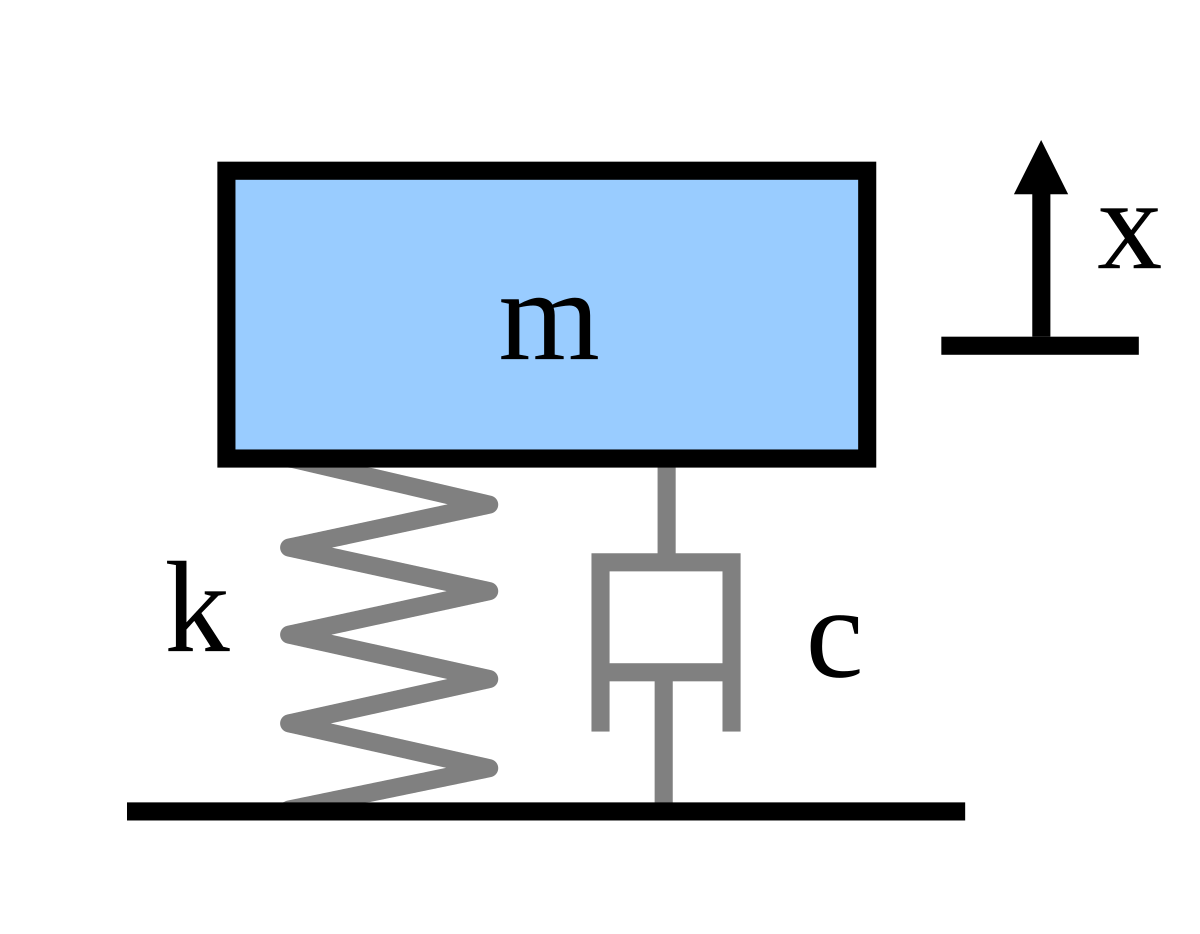
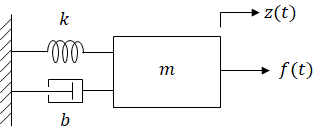






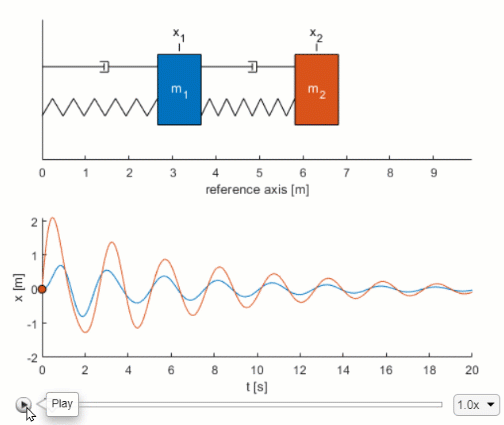



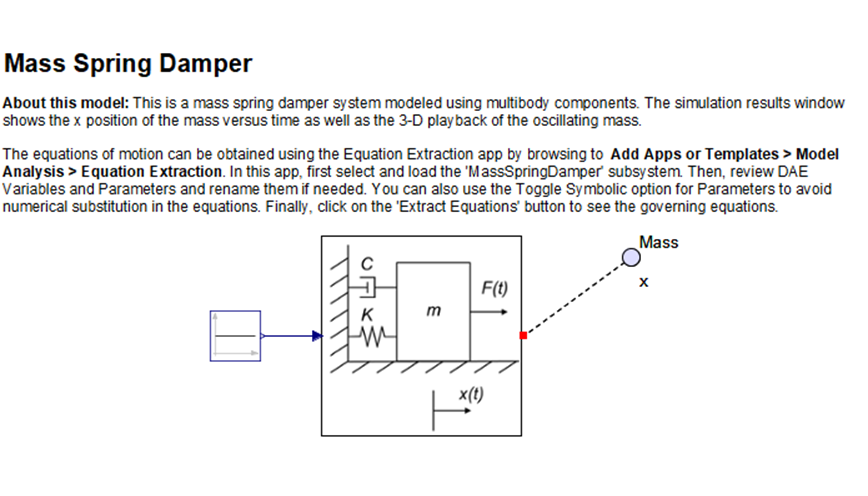




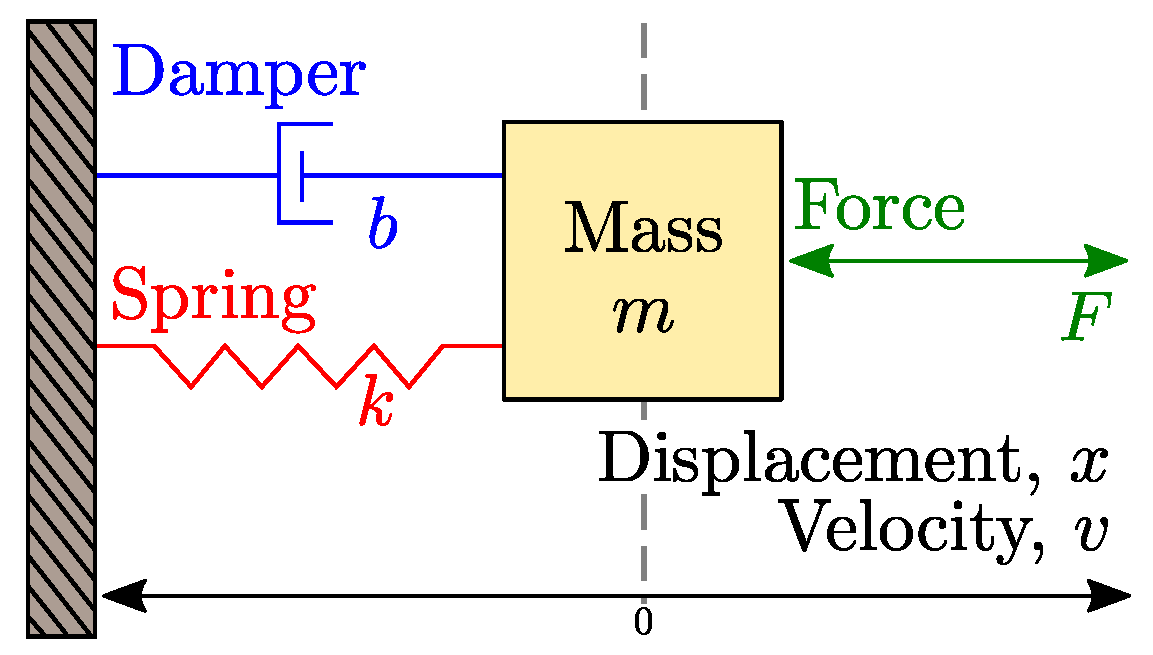
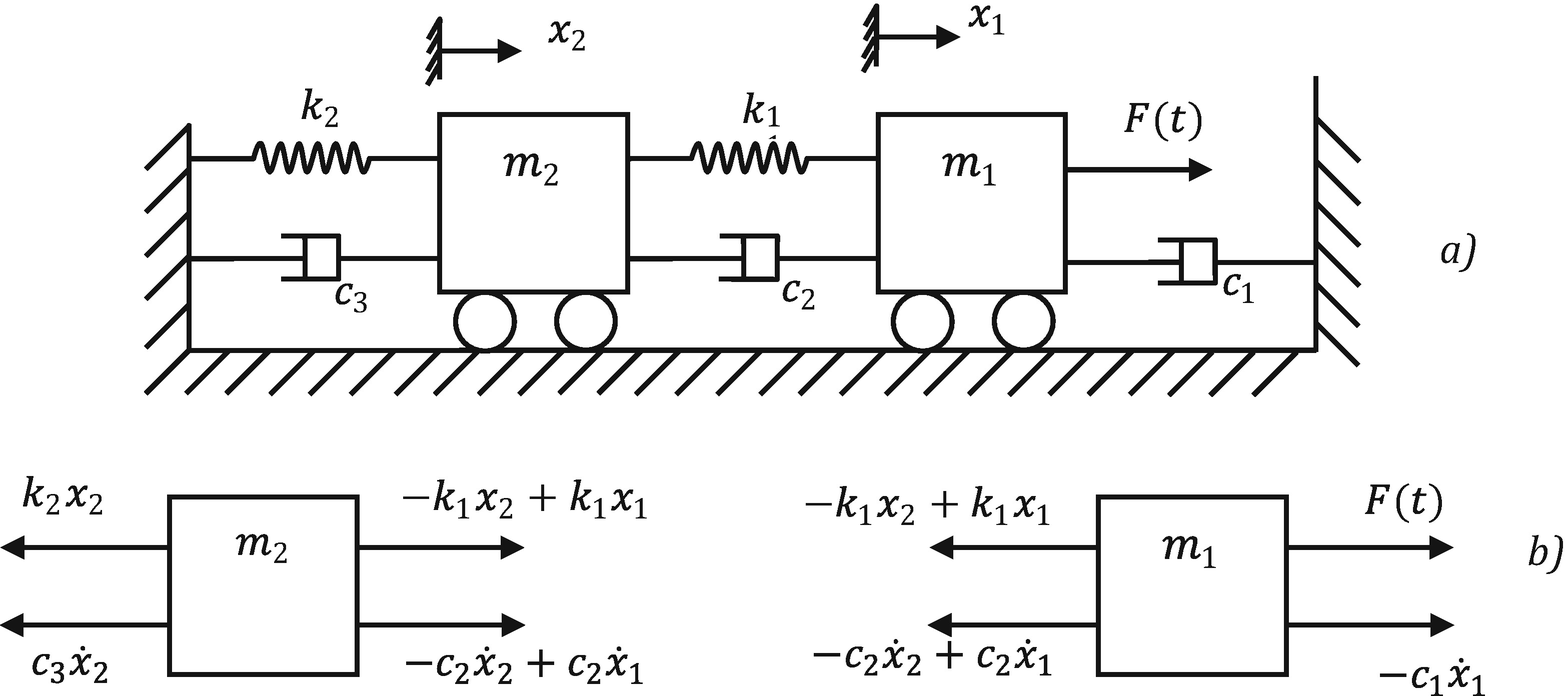






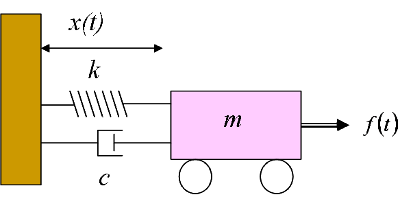



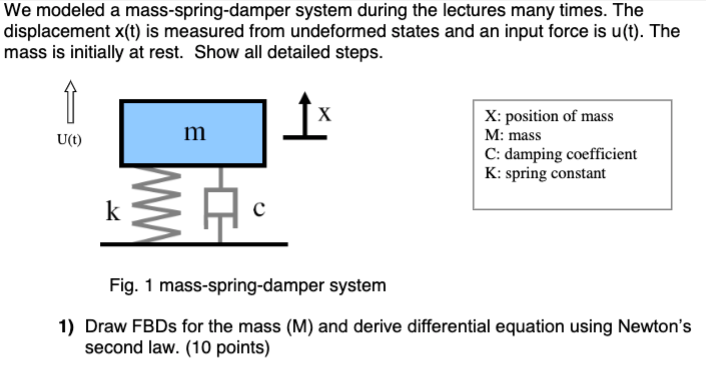

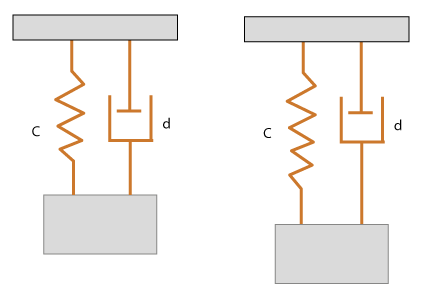



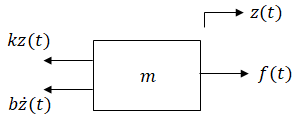
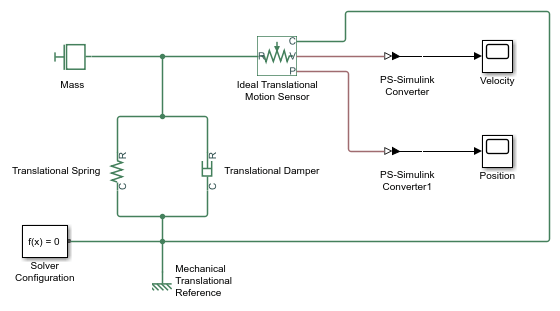
Post a Comment for "Mass-spring-damper System"